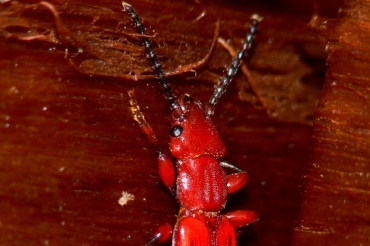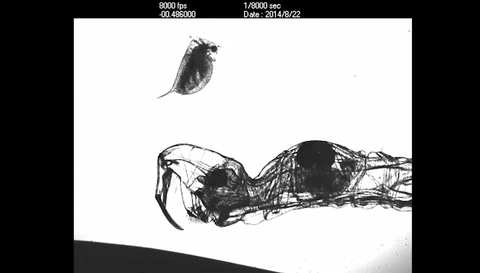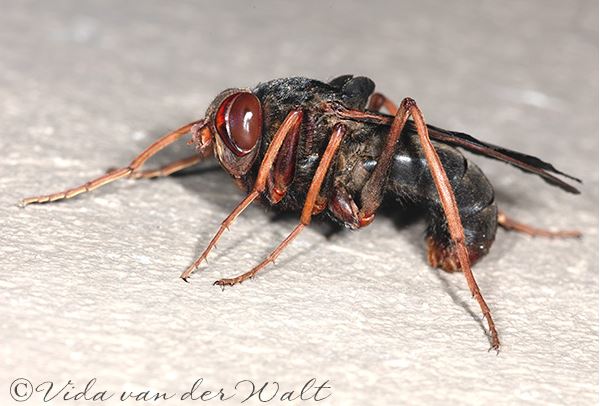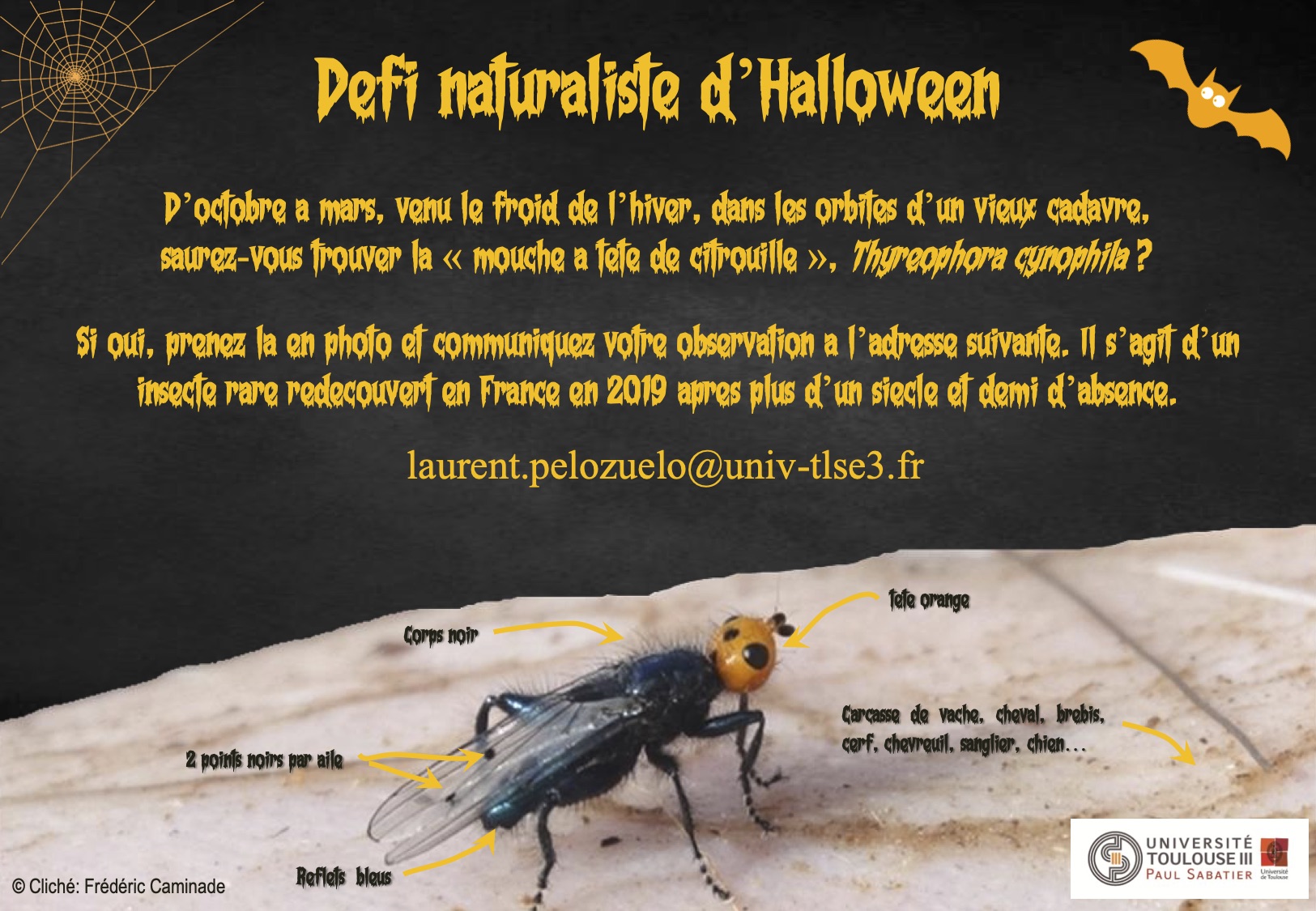In the Arctic and subarctic regions, living organisms must, during winter, survive extreme temperatures sometimes reaching -60°C.
There are two strategies for this:
- Protect from the cold to avoid freezing and thus cell death (increased water volume during freezing), which mammals, birds and other reptiles do for example
- Be frost tolerant and survive freezing phases
In the course of evolution, insect species have adopted the second strategy by developing particular physiological adaptations allowing them to hibernate in such conditions.
To avoid freezing, one of it consists in producing and storing in the body combinations of molecules having a role cryoprotective or de cryoprotection (“antifreeze” molecules), another is to lose almost all the water by dehydration as do collembola.
caption id=”attachment_2290″ align=”alignright” width=”250″]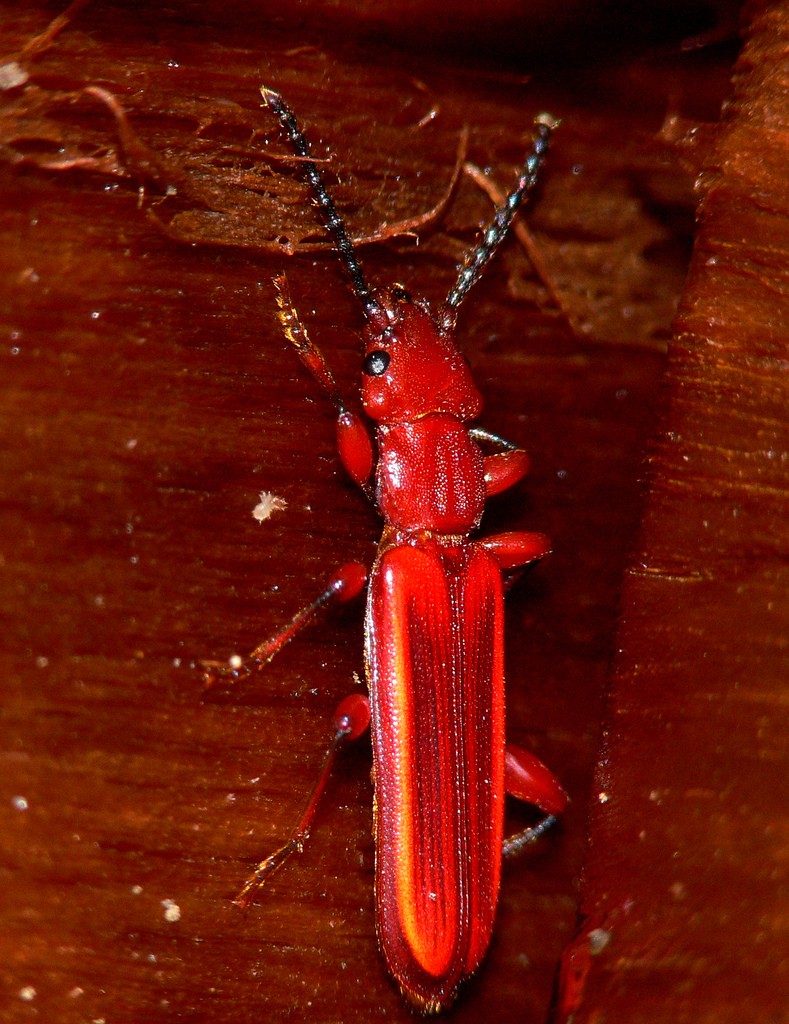 Photo 1 : Cucujus clavipes adult (Source : Brad Smith – Flickr)[/caption]
Photo 1 : Cucujus clavipes adult (Source : Brad Smith – Flickr)[/caption]
The red scolyte (Cucujus clavipes) is a beetle of the Cucujidae family that occurs in North America (from North Carolina to the Arctic Circle) and whose larvae survive in the wild at temperatures below -40°C or even -58°C (photo 1 and 2).
A team of scientists, led by Canadian entomologist todd Sformo (2010), conducted experiments on larvae of this species to establish the temperature limits at which these insects could survive and understand the physiological mechanisms involved.
They found that 50% of the larvae survived a temperature of -70°C, 7% of them at -100°C, beating the cold survival record.
Chez Cucujus clavipes, several subspecies are geographically distributed, including C. keyboards east of range and C. puniceus keyboards in the west. Larvae of the latter have the ability to survive at lower temperatures than the former, some of them freezing only at temperatures of the order of -150°C.
caption id=”attachment_2292″ align=”alignleft” width=”300″]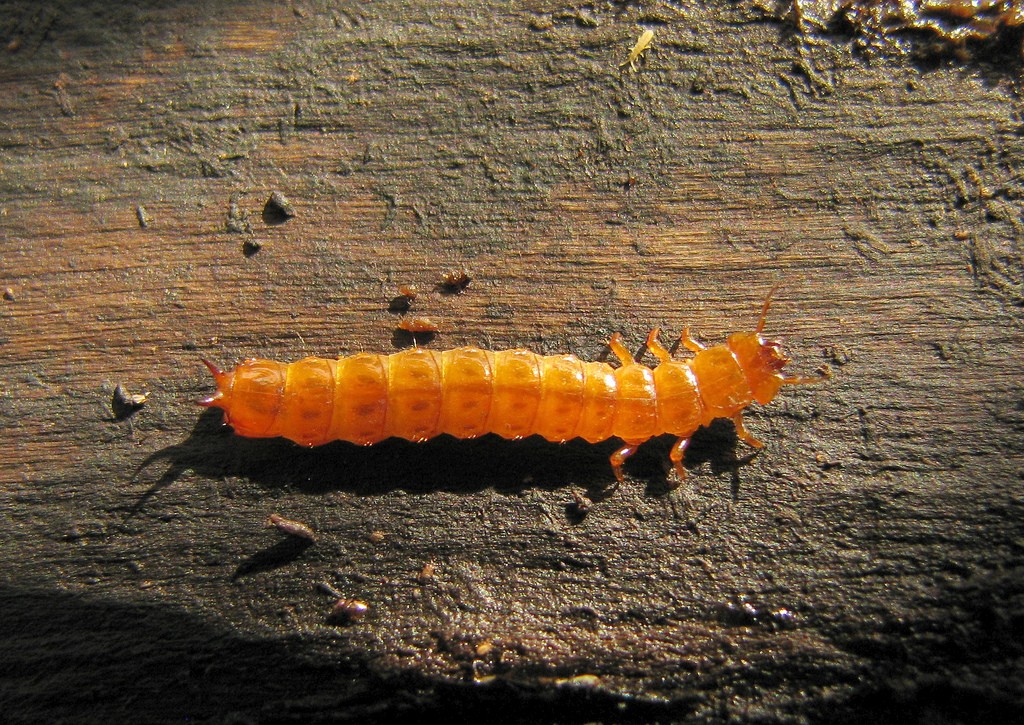 Photo 2 : larva of Cucujus clavipes (Source : C Wood – Flickr)[/caption]
Photo 2 : larva of Cucujus clavipes (Source : C Wood – Flickr)[/caption]
This feat is possible thanks to the combined use of “antifreeze” molecules and dehydration. Thus, when autumn arrives, the larvae stop feeding, empty their digestive tract and produce a large quantity of “antifreeze” molecules such as glycerol. At this stage, larvae can survive temperatures of -20°C. Then, at the beginning of winter, the production and accumulation of “antifreeze” molecules increase in the body, which, coupled with the near dehydration of tissues, increases the survival threshold to -40°C. The concentration of solutions (e.g. glycerin and antifreeze proteins) resulting from these phenomena leads to an increase in tissue viscosity, further lowering the threshold to -58°C.
The larvae of Cucujus clavipes, although resistant to such temperatures in the laboratory, are never confronted with such extreme conditions in nature because they are generally protected under a thick layer of insulating snow.
Source :
– Sformo T., et al (2010) : Deep supercooling, vitrification and limited survival to -100°C the Alaskan beetle Cucujus clavipes puniceus (Coleoptera : Cucujidae) larvae – The Journal of Experimental Biology 213:502-509 (lien)

